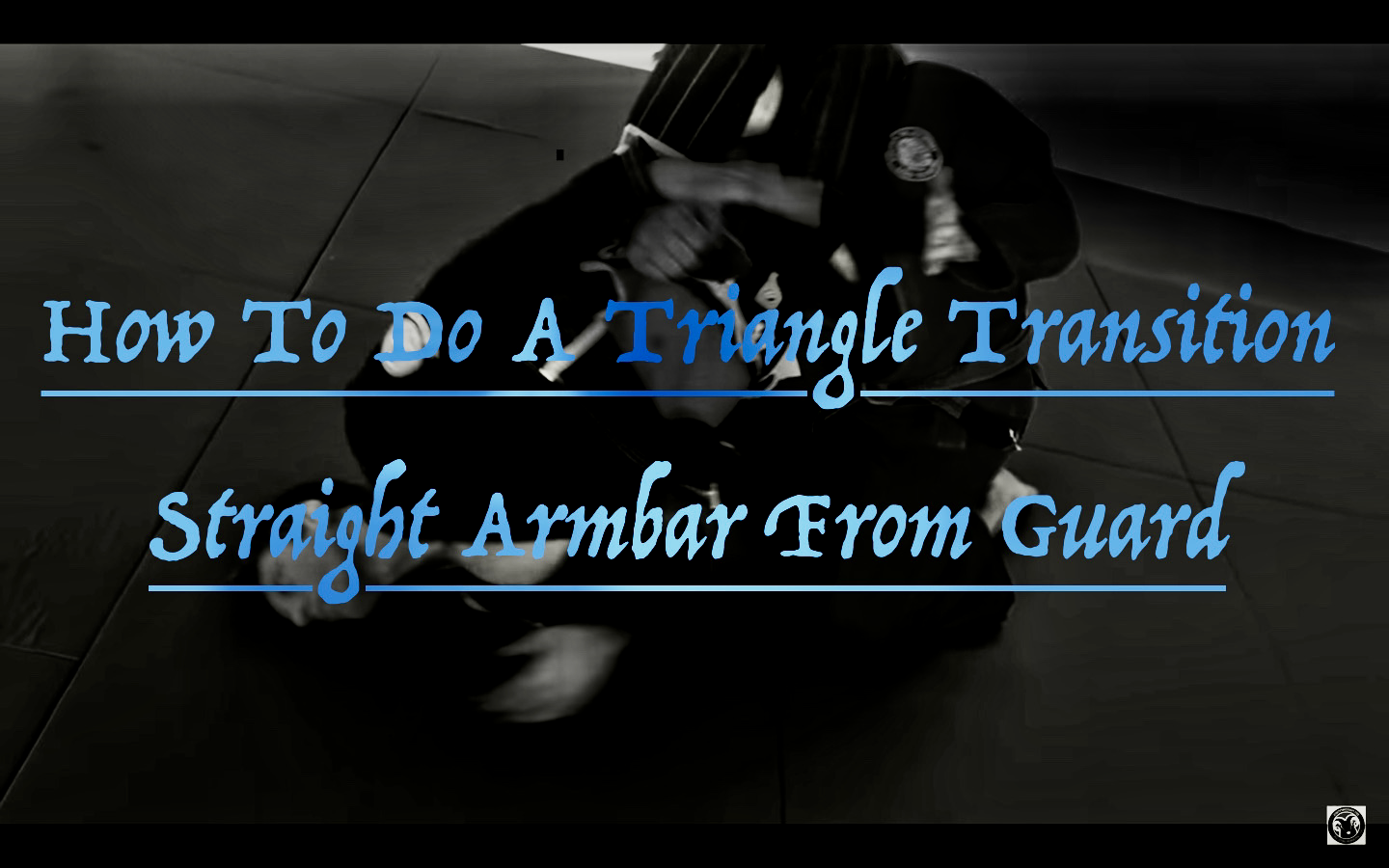One of the best advantages of an in-depth knowledge of BJJ is the depth of options available in any given situation. If you’ve studied Jiu-Jitsu even a little bit you’ve probably discovered that no matter what happens and how your initial plan gets derailed, you still have options.
Case in point is the ninja choke off of a failed guillotine attempt. When your opponent stops your guillotine choke by removing your choking hand, you could fight back against them and force your arm back under their chin, but that requires your one arm to be stronger than their two, which is a dumb fight to get in. Instead, you have the option to allow them to remove your choking hand and just take advantage of their two-on-one arm strategy and replace it with your free hand, making that the choking arm.
Trading back and forth between a guillotine choke and a ninja choke will frustrate your opponent and wear them down until one choke or the other is too much for them to defend and you end up with a submission.
Start: Guillotine
Step 1: Opponent uses two hands to pull your choking hand out, and you feed your free hand through in the space created, making that the choking hand
Step 2: Figure four choking arm’s hand onto non-choking arm bicep
Step 3: Drop non-choking hand onto opponent’s back
Step 4: Drop non Choking elbow down while you lift choking arm up and squeeze
Finish: Submission via Ninja Choke



